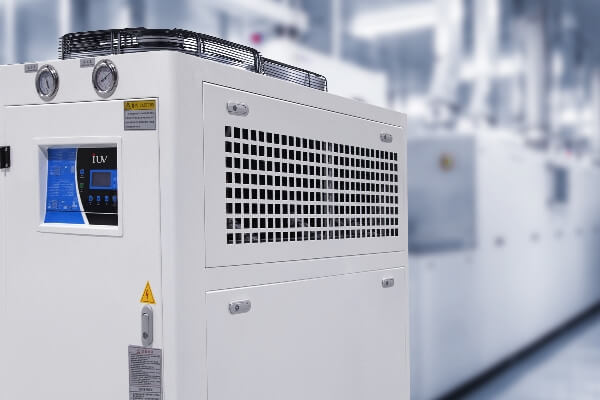
The cooling system in a UV curing system plays a crucial role in maintaining optimal operating temperatures and preventing overheating.
- Heat Dissipation: UV curing systems generate heat during the curing process, especially in the UV light source and other components. If the heat is not properly dissipated, it can lead to overheating, which can affect the performance and lifespan of the system.
- System Efficiency: Excessive heat can negatively impact the efficiency of a UV curing system. When components become too hot, their performance may degrade, leading to reduced curing effectiveness.
- Component Protection: Cooling helps to protect the sensitive components of a UV curing system from damage caused by excessive heat.
- Operator Safety: Cooling is also important for ensuring the safety of operators working with UV curing systems. UV lamps and LEDs can generate intense heat, and without proper cooling, the system’s external surfaces can become hot to the touch.
- System Reliability: Overheating can lead to system malfunctions or even complete system failure.
It’s important to note that the choice between air cooling and water cooling depends on various factors, including the specific requirements of the mercury curing system, the operating environment, and the manufacturer’s recommendations.

- Enhanced Heat Dissipation: Water-cooling provides a highly efficient method of heat dissipation compared to air cooling. This helps to maintain lower operating temperatures and prevent overheating of the LED modules, ensuring consistent and reliable curing performance.
-
Improved Performance and Lifespan: LEDs are sensitive to heat. Water-cooling helps to keep the LED modules at optimal temperatures, ensuring consistent and reliable curing performance over extended periods. By minimizing heat-related stress, water-cooling can contribute to the longevity of the LED UV curing system.
- Precise Temperature Control: Water-cooling systems offer better temperature control compared to air cooling systems. Water-cooling allows for precise regulation of the cooling medium’s temperature, ensuring that the LED modules are maintained within a specific temperature range.
- Noise Reduction: Water-cooling systems tend to operate more quietly compared to air cooling systems. Air-cooling systems often require fans or blowers to circulate air, which can generate noise.
-
Compact Design: Water-cooling systems can be designed with smaller heat exchangers or radiators, saving space and allowing for more flexible installation options.
-
Efficiency: Air-cooling systems are generally more efficient in dissipating heat compared to water cooling systems. They use fans or blowers to circulate air around the UV lamp, effectively cooling it down. This efficient cooling helps maintain optimal operating temperatures for the UV lamp, ensuring consistent and reliable curing performance.
-
Simplicity: Air-cooling systems are simpler in design and installation compared to water cooling systems. They do not require additional plumbing or water circulation mechanisms, making them easier to set up and maintain.
-
Cost-effectiveness: Air-cooling systems are typically more cost-effective than water cooling systems. They have lower initial setup costs since they do not require additional water cooling infrastructure.
-
Reliability: Air-cooling systems are generally more reliable and less prone to failure compared to water cooling systems.
-
Flexibility: Air-cooling systems offer greater flexibility in terms of installation and placement. They can be easily integrated into existing UV curing systems without the need for major modifications.



